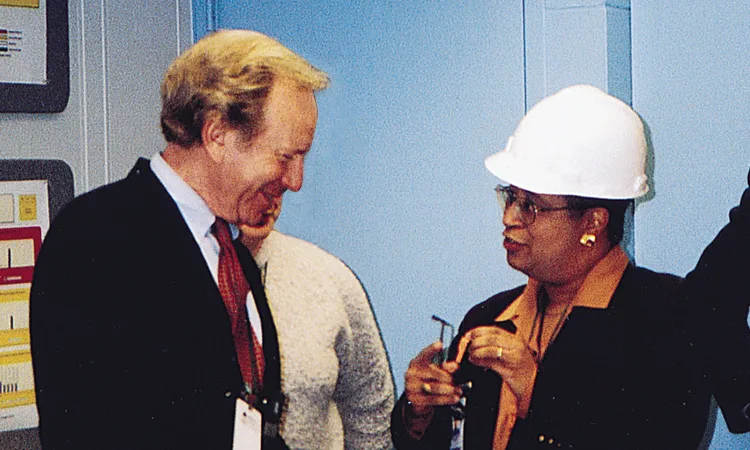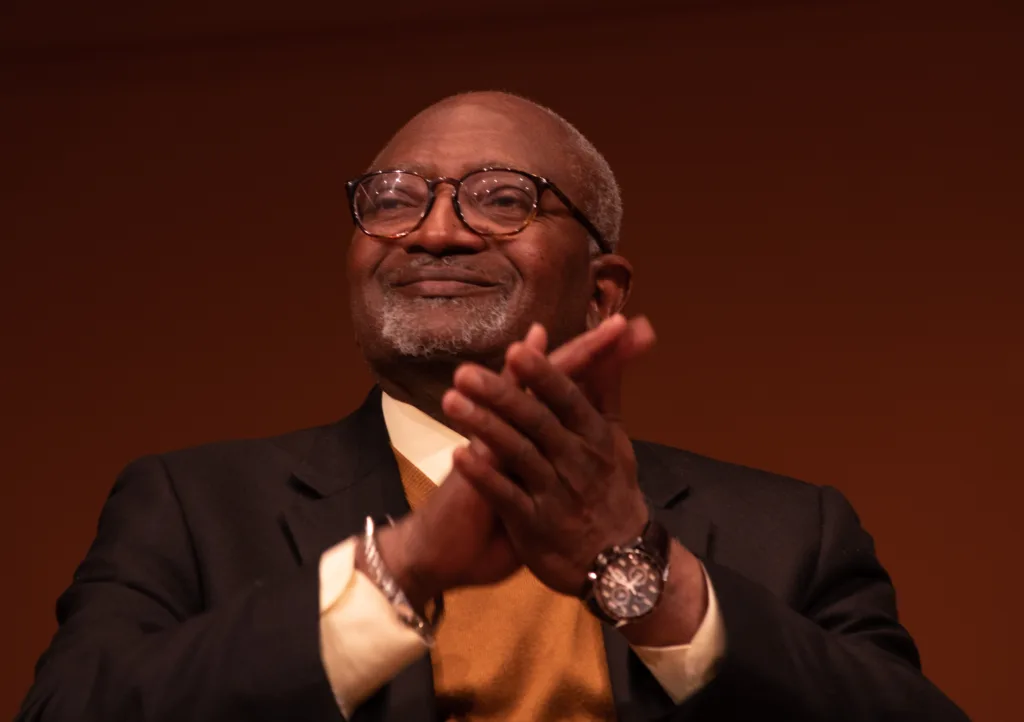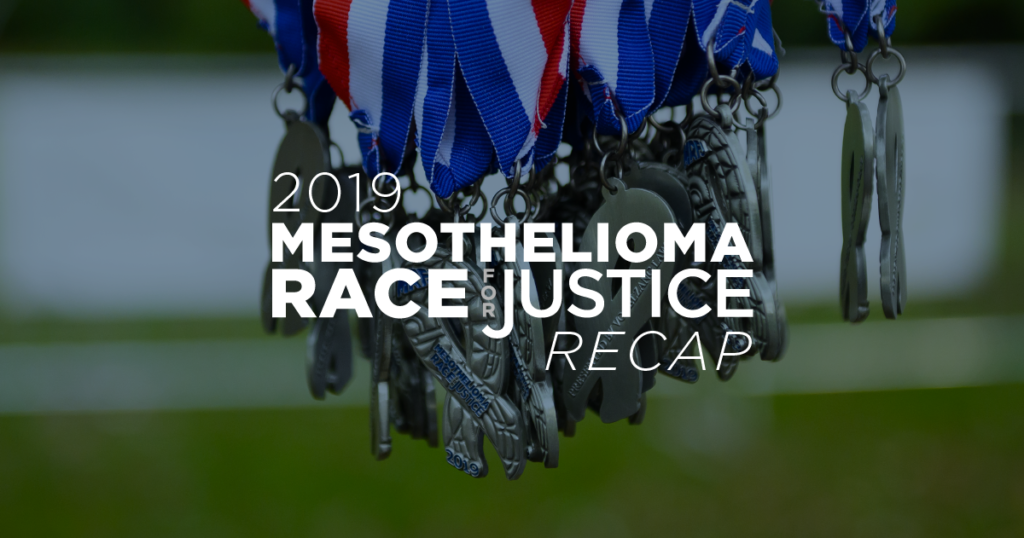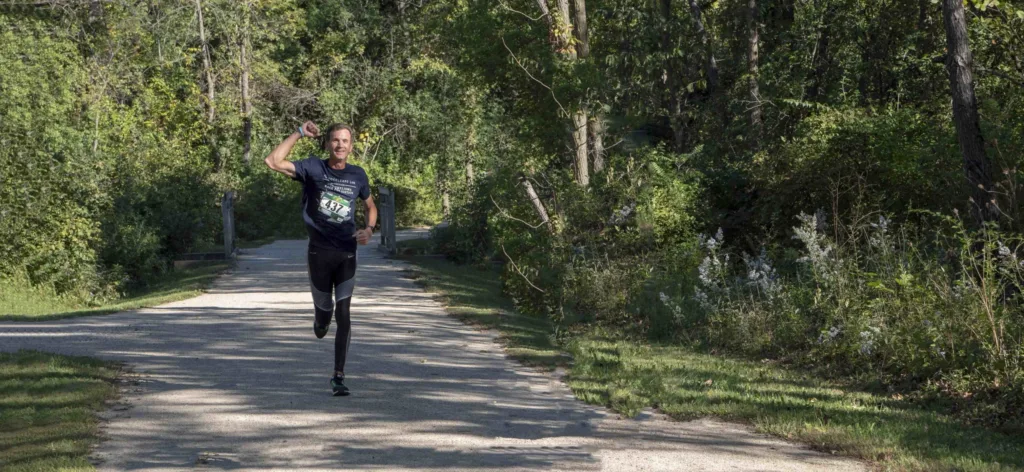As Black History Month unfolds, we rightfully celebrate a community’s countless achievements and struggles that have consistently defied and reshaped the American narrative.
Today, we venture beyond the well-trodden paths of music, sports, and civil rights to illuminate a lesser-known but equally impactful realm: the fight for worker safety, particularly against the insidious threat of asbestos.
In this arena, Black heroes stand tall, their stories woven into the fabric of worker protections we enjoy today.
Dr. Shirley Ann Jackson: A Scientific Trailblazer for Environmental Safety
Imagine a brilliant physicist, the first Black woman to earn a Ph.D. in the field and a fierce advocate for environmental safety. That’s Dr. Shirley Ann Jackson, whose groundbreaking research on nuclear energy and pollution control resonated deeply with the plight of workers exposed to hazardous materials like asbestos.

In 1973, she became the first woman to chair the U.S. Nuclear Regulatory Commission, wielding her expertise to tighten safety regulations and champion environmental justice. Dr. Jackson’s relentless pursuit of knowledge and unwavering commitment to worker well-being illuminated a path for future generations of scientists and activists to follow.
Maceo Nantambi: Exposing Dangers Within the Asbestos Industry
Beyond the broader focus on environmental racism, Maceo Nantambi zeroed in on the specific dangers within the asbestos industry itself. As a chemist and labor organizer, he witnessed firsthand the disproportionate impact of asbestos exposure on Black workers, who were often relegated to the most hazardous tasks.
Nantambi became a relentless advocate, meticulously documenting unsafe working conditions and raising awareness within Black communities. His activism extended beyond protest. Nantambi co-founded the Black Trade Union Conference, empowering Black workers to demand safer workplaces and fair treatment. His research and compelling arguments exposed the industry’s disregard for worker safety and helped build a case for stricter regulations and improved protections.
Nantambi’s legacy reminds us that the fight for worker safety is inherently linked to the fight for racial justice. He saved lives by shining a light on the dangers of asbestos and paved the way for a future where all workers, regardless of race or background, can work in a safe and healthy environment.
Dr. Robert Bullard: The “Father of Environmental Justice” Exposes the Asbestos Threat
While Dr. Jackson tackled the issue from the scientific frontlines, Dr. Robert Bullard, the “Father of Environmental Justice,” focused on the devastating impacts of environmental hazards on marginalized communities. His pioneering work exposed how Black communities were disproportionately burdened by polluting industries, often bearing the brunt of asbestos exposure in shipyards, factories, and construction sites.

Dr. Bullard’s research and powerful advocacy not only brought the plight of Black asbestos victims to light but also spurred the Environmental Protection Agency to address environmental racism as a pressing public health issue.
Jesse Jackson: A Political Voice for Worker Safety and Fairness
Beyond science and activism, the fight for worker safety resonated powerfully in the political arena, with figures like Reverend Jesse Jackson taking the mantle. Jackson, a champion for social justice, recognized the plight of Black workers facing unsafe working conditions and asbestos exposure. He tirelessly lobbied for stricter regulations and workplace protections, pushing for legislation safeguarding all workers, regardless of race or background.
Jackson’s unwavering commitment to worker well-being was a potent reminder that the fight for safety transcends political boundaries and requires a collective voice.
Legal Eagles Paving the Way to Justice: Juanita Atkins and Clarence Barnes Jr.
The pursuit of justice for asbestos victims found a champion in the legal mind like Clarence Barnes Jr. Barnes Jr., a relentless advocate for victims of occupational diseases, secured significant settlements for asbestos-exposed workers, setting precedents that strengthened legal protections for all. This legal titan not only secured individual victories but also chipped away at the systemic injustices faced by Black workers seeking compensation for injuries sustained on the job.
Peggy Shepard: Championing Environmental Justice and Worker Safety
Peggy Shepard, co-founder of WE ACT for Environmental Justice, stands as a titan in the fight for a just and healthy world. From battling the Harlem incinerator to advocating for stricter regulations on asbestos and lead, she’s championed communities disproportionately burdened by environmental hazards. Shepard’s impact extends beyond local action, shaping national policies through her roles as the first female chair of the NEJAC and current co-chair of the White House Environmental Justice Advisory Council. Her dedication has earned prestigious awards like the Heinz Award and recognition as one of Time Magazine’s 100 Most Influential People.
While specific ties to individual Black workers and asbestos awareness warrant further research, the breadth of her contributions is undeniable. Shepard’s relentless pursuit of environmental justice paves the way for a future where all communities breathe clean air, drink safe water, and live free from harmful hazards. Her ongoing fight inspires and empowers others to join the movement for a just and equitable world.
These are just a few of the countless Black heroes who have illuminated the path to worker safety in America. Their stories testify to the resilience, brilliance, and unwavering commitment of a community that has consistently fought for justice and well-being, not just for themselves but for all. As we celebrate Black History Month, let us honor their legacy by continuing their fight for safe workplaces and environmental justice, ensuring that every worker.



